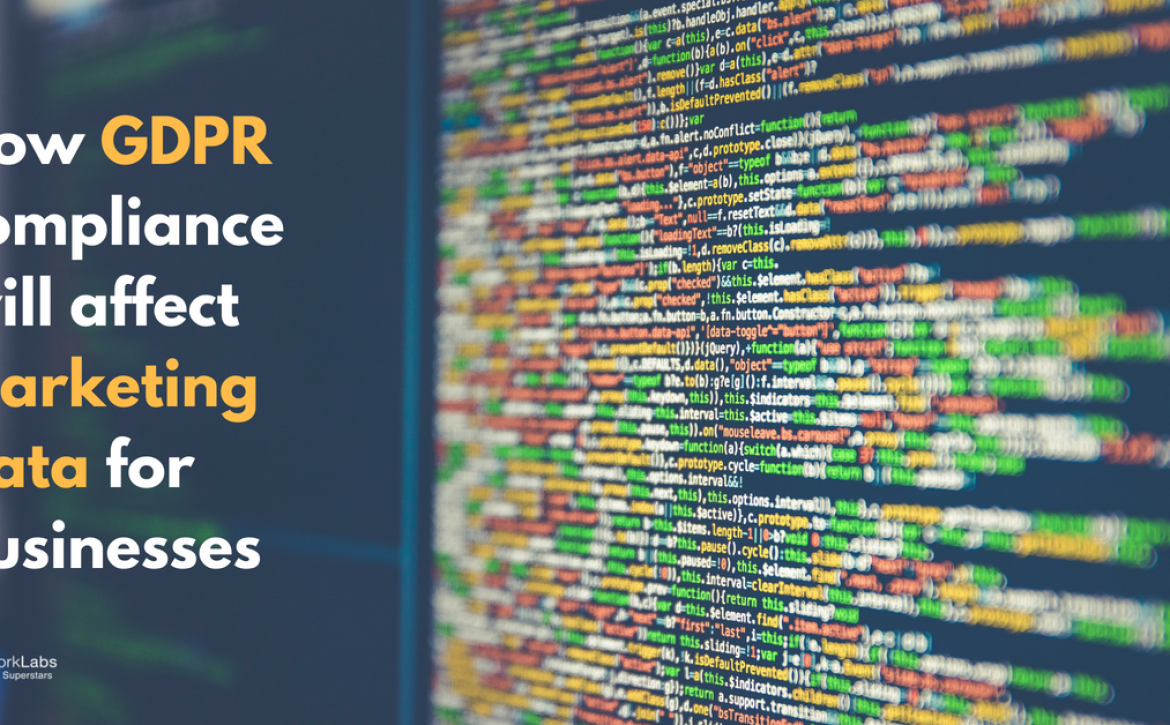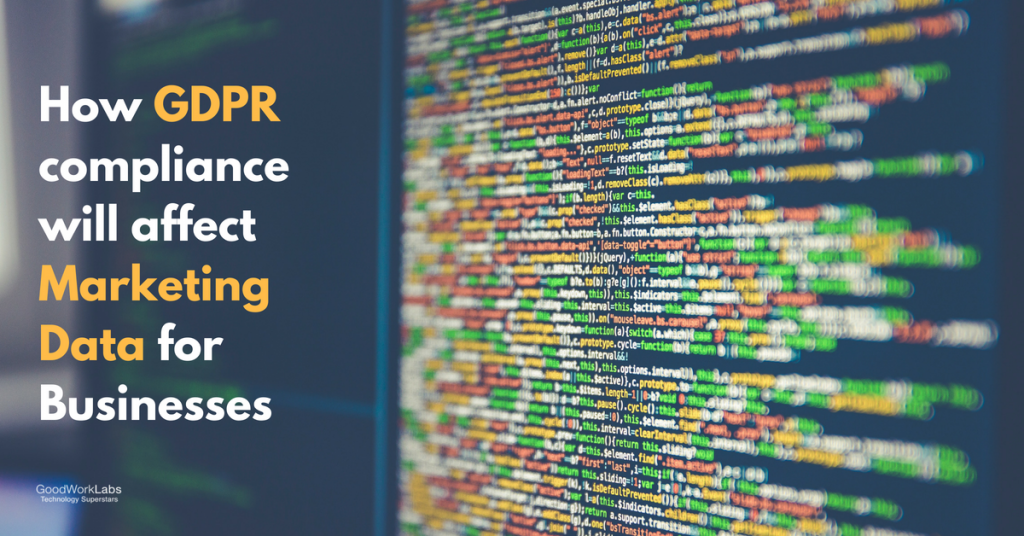In-Depth Industry & Ecosystem Analysis
Whether you are building an enterprise web portal or a state-of-the-art website, you always need the right modern tools. Well-built and maintained PHP frameworks provide those tools in abundance, allowing maintained PHP frameworks provide those tools in abundance, allowing developers to save time, re-use code, and streamline the back end. As software development tools continuously change to follow the latest. Despite the competition from startups and the ever-present economic challenges, the banking industry is gradually adopting what the latest technologies have to offer.
From cloud technology to cyber risk management to machine learning in investment banking, join us as we explore the banking industry trends for 2019 and beyond. Cloud is one of the current banking industry trends as well. It is expected that the technology will serve as a foundation for core modernization of banking organizations.
Cloud Technology as New Foundation
Cloud has become the new normal for nine of ten enterprises across industries. The average IT environment in both SMBs and larger companies is becoming increasingly cloud-based. Companies also diversify their delivery models, with Infrastructure as a Service (IaaS) and Platform as a Service (PaaS) gaining more and more traction. Plus, a slew of new job positions have emerged to manage different aspects of cloud in the enterprise, including architecture and safety.



One of the new trends in the banking industry, ensuring fail-safe security will also be a core question regardless of the type of a cloud solution and its scale. Cloud is one of the current banking industry trends as well. It is expected that the technology will serve as a foundation for core modernization of banking organizations.
Risk Management Banking Industry Trends
Existing risk management systems at banking organizations might not be ready to face the challenges of the rapidly changing world. Poised to become the top banking industry trends for 2019 and years to come, AI-driven solutions with machine and deep learning algorithms provide a solution. As for cyber risk management, experts at Deloitte point at the following trends in the banking industry:
- Strengthen basic controls like IT asset, patch, and vulnerability management to identify and manage risks related to implementation of cloud and migration to open architecture.
- Use analytics tools and AI with security in mind.
- Build an IT infrastructure with security as a top priority: it should be able to withstand systematic attacks and long stress periods.

Risk Management Banking Industry Trends
Fintechs and nonbanks now have a substantial influence in the banking industry. They are highly agile, innovative, and aim at exceeding the demands of modern customers in banking services and experiences. Established retail banks need to compete and often play catch-up. Still, they acknowledge the need to change, and change fast.
There are no secrets to success. It is the result of preparation, hard work, and learning from failure.
Thus, adopting the same approach is a potent solution for retail banks that aim at adopting the latest trends in the banking industry quickly and impactfully.









